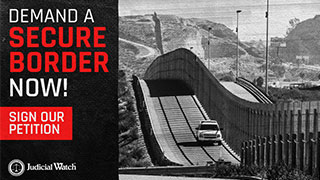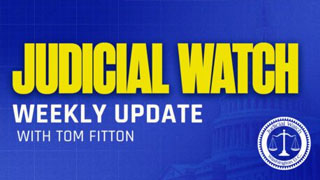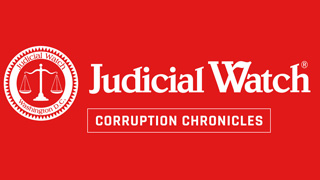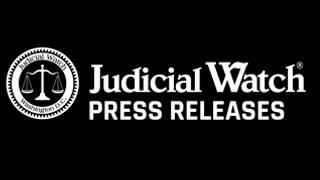

Billions More For Nuclear Cleanup
Six years after the U.S. government agreed to clean up a highly contaminated nuclear plant, radioactive waste from the leaking tanks continue to percolate through ground water because the government made a bad deal with a private company that now demands almost triple the money of the original estimate.
Located in south central Washington State, the Hanford Nuclear Reservation is the largest nuclear waste dump in the Western Hemisphere and it handles 53 million gallons of radioactive waste that often leak into the Columbia River. When the U.S. Department of Energy agreed to correct the problem in 2000, it hired a contractor (Bechtel National) that estimated the project would cost $4.3 billion. Now, the agency is saying that contractors estimate the cost has nearly tripled to $11.55 billion.
The estimate also extends the projected start of operation eight years beyond the date required by a legal agreement called the Tri-Party Agreement, a pact signed by the U.S. Department of Energy, which operates the Hanford Site, Washington State and the U. S. Environmental Protection Agency. The government agreed to clean the site because, after all, it created Hanford in the 1940s as part of the top-secret Manhattan Project to build the atomic bomb. Today, it is the nation’s most contaminated nuclear site.
Earlier this year a Congressional investigative committee criticized the Hanford project for severe mismanagement, however, this massive cost overrun has been a shock to many. Fearing that the government might abandon the crucial cleanup project, Washington Governor Chris Gregoire has even threatened to sue the federal government if Congress does not continue to fully fund it.
One Seattle editorial called the Department of Energy’s new cost estimate eye-popping and says the project is a budgetary and bureaucratic disaster that has been delayed by anemic federal oversight and a changing parade of contractors.














